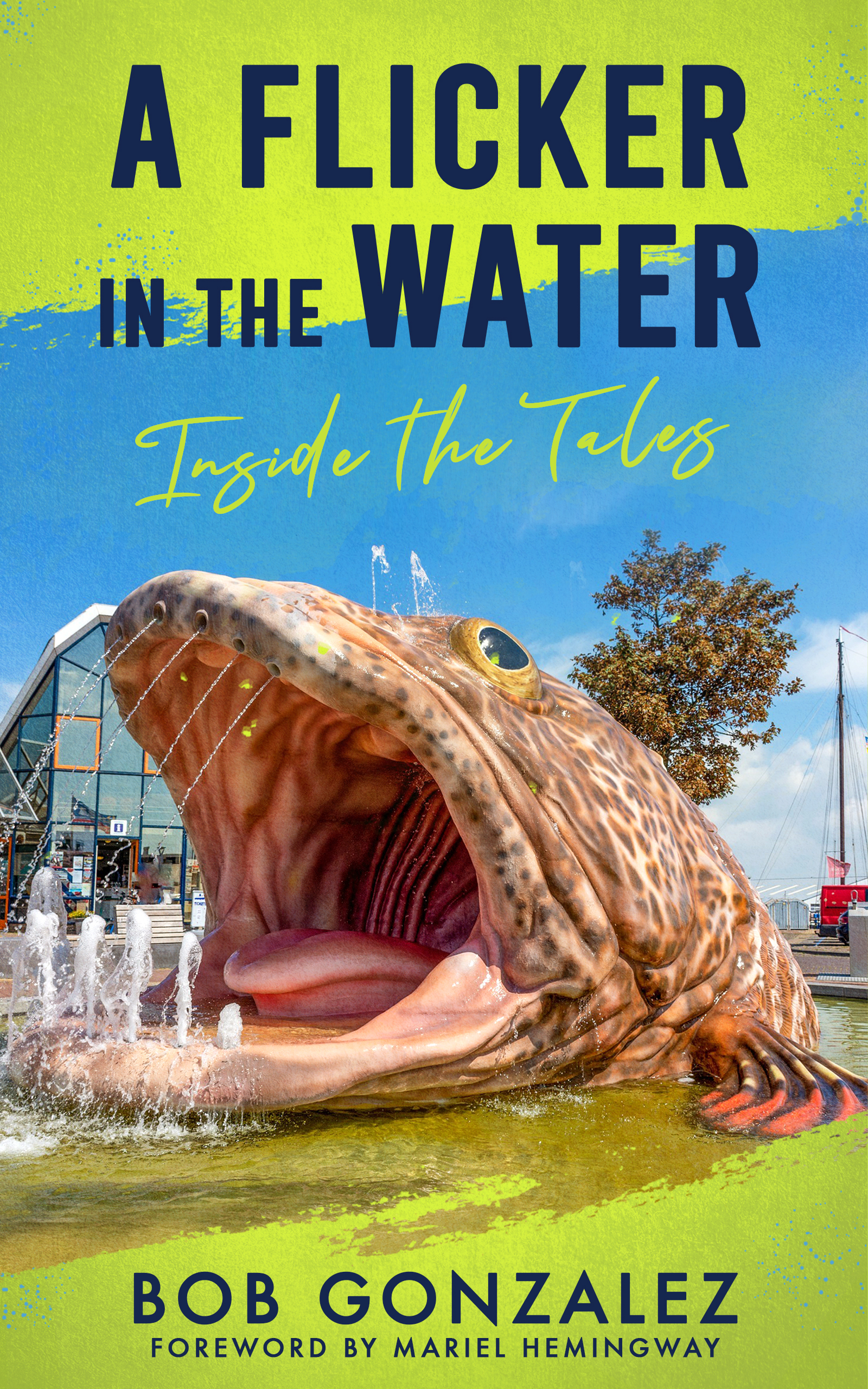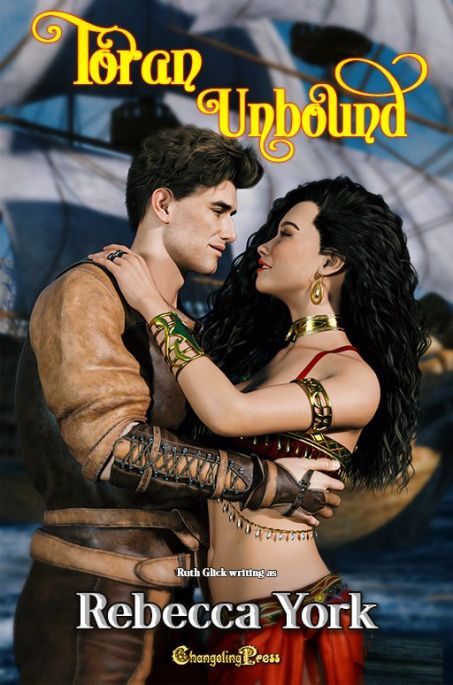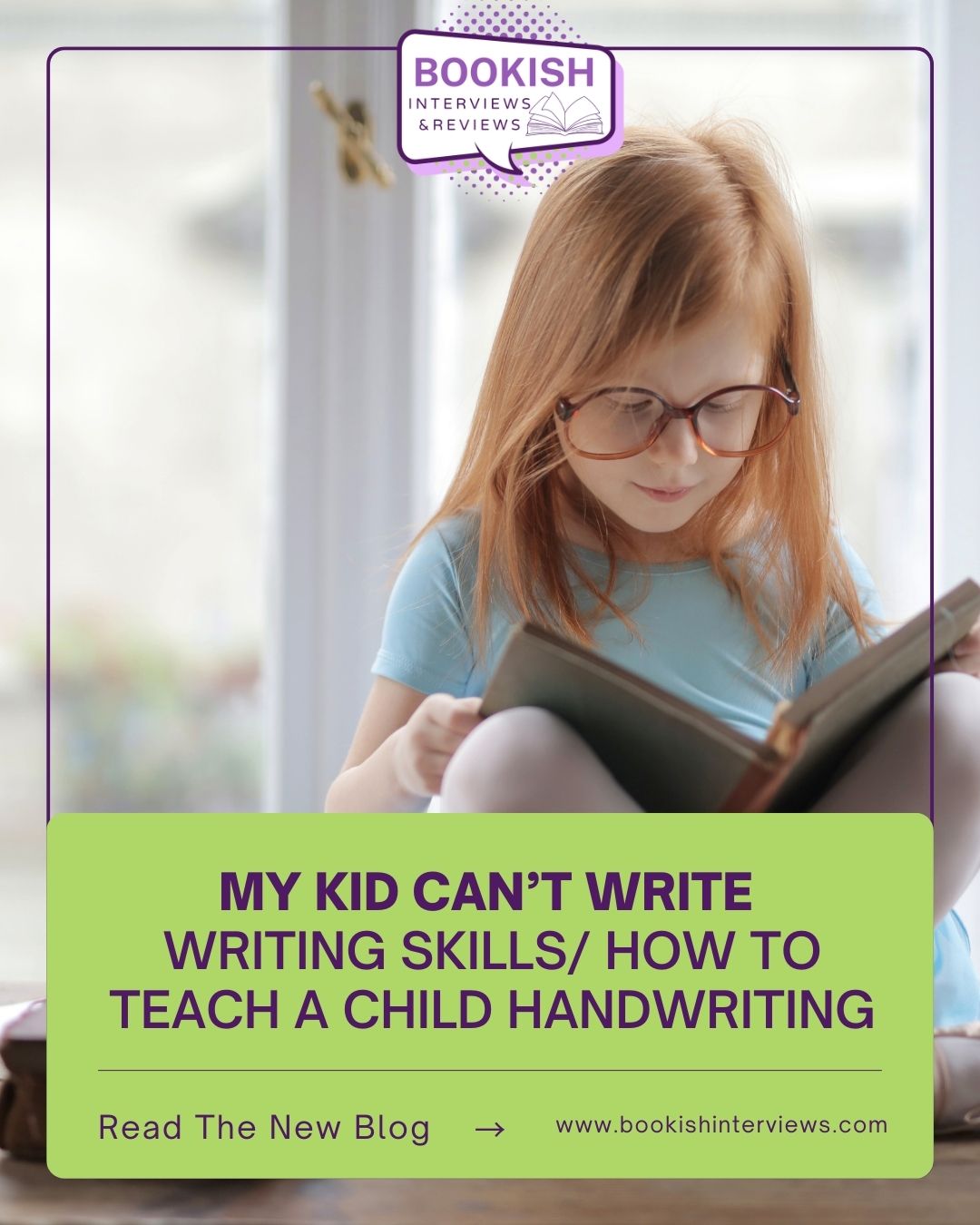We are delighted to have this opportunity to ask the talented author and illustrator, Renée DeVincent, some questions about her debut book. In this interview, Renée takes us behind the scenes, offering insights into the inspiration behind this charming children’s book. Stemming from a magical encounter with a backyard squirrel family and their secret sock collection, Renée shares how the real-life antics of these playful creatures sparked the imaginative narrative that became Twiggy’s heartwarming tale. Renée shares how Twiggy’s journey of finding and then losing a cherished sock serves as a turning point, guiding the character toward self-discovery and empathy. Through Twiggy’s eyes, readers navigate the complexities of emotions and the importance of understanding different perspectives, making the character a vessel for valuable life lessons. Join us in our conversation with the artist Renée DeVincent!
What inspired the creation of Twiggy and the Lost Socks: A Rhyming Backyard Adventure? Was there a particular event or idea that sparked the story?
Twiggy and the Lost Socks was inspired by a captivating encounter with a backyard squirrel family. A whimsical moment unfolded when one of their nests unraveled, adorning the tallest tree with children’s socks like Christmas ornaments. Their secret sock collection was revealed, and witnessing the squirrels work tirelessly to restore their sock-studded nest was enchanting. The origin of their socks remains a delightful mystery, sparking the imagination behind this endearing tale. Years later, in the spring and fall, I still find a few socks in my backyard, indicating that the squirrels are still finding socks around the neighborhood. I am convinced they have discovered the secret stash for all the lost socks.
The title suggests a playful and adventurous storyline. Please give us a brief overview of the book and its main themes.
Twiggy and the Lost Socks is a fun story that captures the essence of personal growth, kindness, and the power of understanding and connecting with those around us. The story begins with Twiggy and his family exploring, finding treasures to store before winter. Fall is ending, and Twiggy finds a soft and fuzzy treasure to keep him warm during colder days. Unknown to him, it belongs to a girl searching for her favorite lost sock. As the tale unfolds, you’ll follow Twiggy on a journey of self-discovery, witnessing how he learns to navigate his emotions. He ultimately becomes an example of empathy, bravery, and love for others. But the question remains. Who will get to keep the cherished sock that unites their paths? Dive into this lighthearted story to discover how Twiggy and the girl deal with their dilemma and find the heartwarming resolution that binds them together.
What made you choose a rhyming style for this particular children’s book? How do you believe this impacts the reading experience for young audiences?
The decision to use a rhyming style for Twiggy and the Lost Socks was driven by the desire to create a joyful and engaging pattern that aligns with the exuberant personality of Twiggy, the book’s protagonist. The pattern of rhyme not only establishes a unique rhythm and tone for the story and plays a pivotal role in enhancing the overall reading experience for young audiences. Rhyme adds an element of joy to the story when read aloud, making it a delightful and memorable experience for children. It fosters a solid connection to the emotions and experiences of the main character, Twiggy, as readers can easily resonate with the story’s lyrical flow. Furthermore, the natural world, a prominent theme in the book, evokes a sense of rhythm and lyricism that pairs seamlessly with rhyme, creating a harmonious blend of language and storytelling.
Rhyme is a powerful tool in setting a happy and lighthearted mood throughout the narrative, even when addressing more serious or contemplative themes. It draws young readers into the story, making it an enjoyable and immersive experience while delivering meaningful messages about kindness, empathy, and personal growth. In this way, the choice of rhyme enhances the reading experience, making it both fun and emotionally resonant. Twiggy, the main character, seems to be on an adventure in the backyard.
Can you tell us more about Twiggy and how this character was developed?
Twiggy is a young and spirited squirrel on an adventure in his backyard, driven by the desire to assist his family in gathering essential food and materials to prepare for the upcoming winter. He’s full of excitement and anticipation when he discovers something special that could keep his family warm, making him an endearing and relatable character for young readers.
However, as the story unfolds, Twiggy faces the challenge of losing the sock he found, leading to confusion and disappointment. This experience becomes a turning point for him as he grapples with the emotions of finding and then losing a cherished treasure. It’s a relatable struggle for young readers, showcasing the complexity of their emotions and the importance of understanding the perspectives of others. Twiggy’s journey of self-discovery is a central theme in the book, emphasizing the value of empathy and looking beyond oneself. Through heartfelt conversations with his mother, he begins to understand that the sock he found might have a different owner, shedding light on the idea that there are often multiple sides to every story.
When I was developing the story of Twiggy, I envisioned the squirrels bustling around with their socks, each believing they once belonged to someone else. It was essential to convey the message that life can be intricate and that there are always two sides to every story. Twiggy’s growth and newfound empathy invite young readers to put themselves in others’ shoes, teaching them valuable life lessons about understanding, kindness, and embracing the complexity of the world around them.
The theme is intriguing. How did you decide to incorporate this into the story, and what message or lesson does it aim to convey to young readers?
The concept at the heart of the story draws inspiration from the real-life antics of my backyard squirrel family. As I observed these playful creatures, it became apparent that the socks scattered around my yard must have belonged to someone. The idea that the squirrels had a knack for discovering and collecting these lost socks was not only amusing but also raised questions about how they knew where to find them. Incorporating the notion of lost socks into the story was a delightful way to explore more complex themes, particularly those of kindness and empathy. Focusing on the socks, the narrative creates a relatable scenario that invites young readers to ponder the concept of lost and found, belonging, and the emotional connection to treasured possessions.
Through Twiggy’s journey and interactions with the lost sock, the story conveys a valuable lesson about understanding the perspectives and needs of others, even when dealing with seemingly simple objects. This charming and whimsical narrative is a gateway to deeper discussions about empathy, sharing, and the complexities of human emotions, providing young readers with a meaningful and enjoyable reading experience.
What do you hope young readers take away from Twiggy and the Lost Socks? Are there specific values or concepts you aimed to instill in the story?
I have woven a narrative in the Twiggy and the Lost Socks story that focuses explicitly on nurturing values and concepts that emphasize the importance of kindness, empathy, and the idea that it’s perfectly normal to grapple with our emotions while striving to be the best versions of ourselves. These themes are central to Twiggy’s journey, where he learns to understand and connect with others, even when faced with challenging situations.
Additionally, the book carries a strong message of giving and compassion for others and nature. It aims to instill in young readers a sense of responsibility and care for our world. While Twiggy and the Lost Socks is a lighthearted and charming tale, it underscores the importance of respecting and protecting nature, fostering a deep connection with others and the environment. Through this story, I aim to inspire children to become not only compassionate individuals but also responsible stewards of our planet, forging a strong bond with the world around them.
The illustrations in children’s books play a crucial role. How did you collaborate with the illustrator to bring your story to life visually?
The illustrations in children’s books are undeniably crucial, often as significant as the words themselves. It’s the harmonious interplay between text and imagery that breathes life into a story, creating a profound impact on young readers. What sets my approach apart is that I wear both hats as the writer and illustrator of Twiggy and the Lost Socks, providing me with a holistic understanding of how the visual elements complement the narrative.
As both the writer and illustrator, I can seamlessly bridge the gap between the two aspects of storytelling. I appreciate the creative talents of illustrators when I collaborate with them, and my unique perspective as a fellow illustrator allows me to give them the space and creative freedom, they need to contribute their distinct vision to the project. While it can be challenging to relinquish some control and allow the illustrator to shine, I approach this with a collaborative mindset. This synergy between writer and artist often results in the most compelling solutions, creating visually captivating and emotionally resonant experiences for young readers.
Could you share any challenges or unique aspects you encountered while writing this book, particularly within the context of a rhyming story?
Writing Twiggy and the Lost Socks came with its unique challenges, especially within the context of a rhyming story. I aimed to break with tradition and bring the characters to life through direct quotes, showcasing the playful and quirky personalities of the squirrels. Maintaining a consistent rhyme scheme while incorporating these quotes was a delicate balance. It took time and numerous drafts to ensure that the rhyme and the direct quotes seamlessly coexisted in the narrative, creating a lighthearted and engaging reading experience while delivering valuable messages of kindness, empathy, and understanding to young readers.
Find the author
Twiggy and the Lost Socks
 Colorful illustrations and cheerful rhyming, this engaging story will leave both kids and adults feeling uplifted and connected.
Colorful illustrations and cheerful rhyming, this engaging story will leave both kids and adults feeling uplifted and connected.
This heartwarming tale follows the adventures of a young squirrel and his family. One day, Twiggy finds something soft and fuzzy. A treasure that will keep him warm during the winter. Unknown to him, it belongs to a girl who is searching for her lost sock.
What will happen when the girl discovers Twiggy has her sock? Will Twiggy get to keep the sock? Follow along as Twiggy navigates the complex emotions that come with meeting new people and having unexpected experiences. Cheer Twiggy along as he learns, with the support of his Mama, essential lessons about judging others.





















































